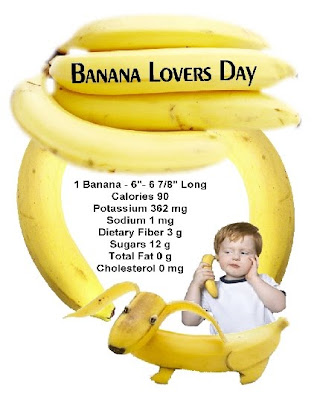Instead of salt, use spices and herbs to enhance the taste of your food.
The health benefits are life-long.
The health benefits are life-long.
Wikipedia has provided an extensive list of culinary herbs and spices. The list does not contain salt (which is a mineral) or plants used primarily as herbal teas or medicinal herbs. Explore the different flavors and cultures.
Tips for Selecting and Storing Herbs and Spices
Cutting Back on Salt in Your Diet
from the American Dietetic Association
Where does sodium come from?
Sodium comes from natural sources or are added to foods. Most foods in their natural state contain some sodium. However, the majority of sodium Americans consume comes from sodium added to processed foods by manufacturers. While some of this sodium is added to foods for safety reasons, the amount of salt added to processed foods is above what is required for safety and function of the food supply.
Reading Labels
When you buy prepared and packaged foods, read the labels. You can tell the sodium content by looking at the Nutrition Facts panel of a food. Listed are the amount for sodium, in milligrams (mg), and the “% Daily Value.” Also read the ingredient list to watch for the words "soda" (referring to sodium bicarbonate, or baking soda), "sodium" and the symbol "Na" to see if the product contains sodium.
Salt and/or Sodium Descriptors
Salt Free: Meets requirements for "sodium free."
Sodium Free: Fewer than 5 milligrams sodium per serving.
Very Low Sodium: 35 milligrams or less sodium per serving.
Low Sodium: 140 milligrams or less per serving
Reduced Sodium: At least 25 percent less sodium per serving.
Unsalted: Has no salt added during processing. To use this term, the product it resembles must normally be processed with salt and the label must note that the food is not a sodium-free food if it does not meet the requirements for "sodium free".
The FDA and USDA state an individual food that has the claim "healthy" must not exceed 480 mg sodium per reference amount. "Meal type" products must not exceed 600 mg sodium per labeled serving size.
Sodium and Hypertension.
In order for a food to make an Allowable Health Claim it must contain a defined amount of nutrients. In relationship to sodium and Hypertension the amount is 140 milligrams or less sodium per serving.
American Heart Association (AHA)
The American Heart Association recommends you choose and prepare foods with little or no salt to reduce the risk of cardiovascular disease. Aim to eat less than 1,500 mg of sodium per day (less that 3/4 teaspoon of salt).
The AHA is working with federal agencies to identify ways to reduce the amount of sodium in the food supply. The association is encouraging food manufacturers and restaurants to reduce the amount of sodium in foods by 50 percent over a 10-year period. AHA will help Americans lower the amount of sodium they consume by the following strategies:
1. Reduce the amount of sodium in the food supply,
2. Make more healthy foods available (e.g., more fruits and vegetables); and
3. Provide consumers with education and decision-making tools to make better choices.
Tips for reducing sodium in the diet
1. Choose fresh, frozen or canned food items without added salts.
2. Select unsalted nuts or seeds, dried beans, peas and lentils.
3. Limit salty snacks like chips and pretzels.
4. Avoid adding salt and canned vegetables to homemade dishes.
5. Select unsalted, lower sodium, fat-free broths, bouillons or soups.
6. Select fat-free or low-fat milk, low-sodium, low-fat cheeses and low-fat yogurt.
7. Use spices and herbs to enhance the taste of your food.
8. Add fresh lemon juice instead of salt to fish and vegetables.
9. When dining out, ask for your dish to be prepared without salt.
10. Don’t use the salt shaker.







